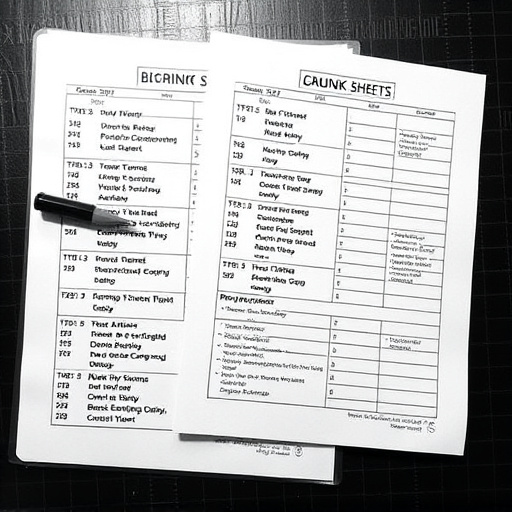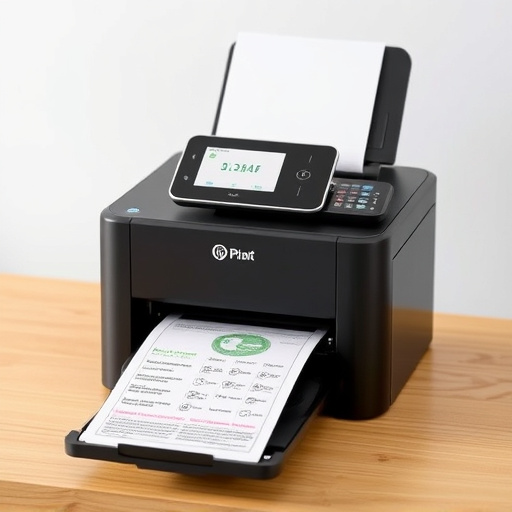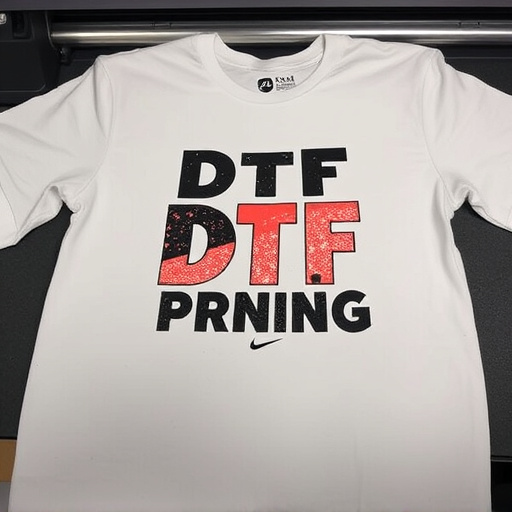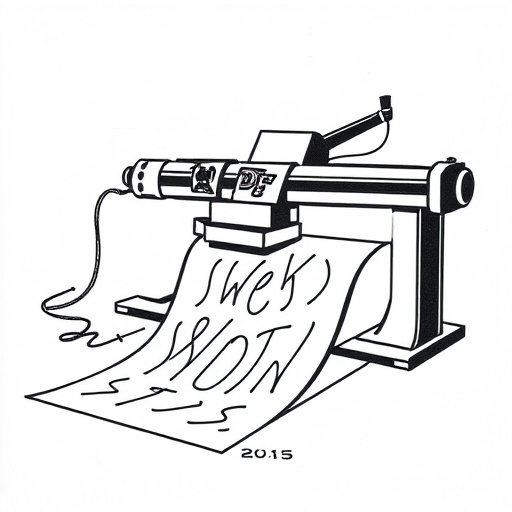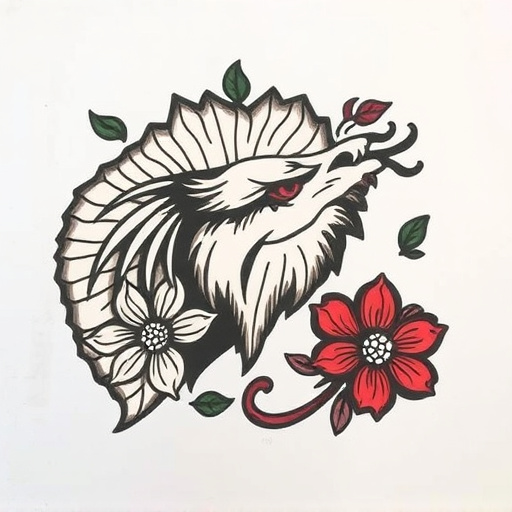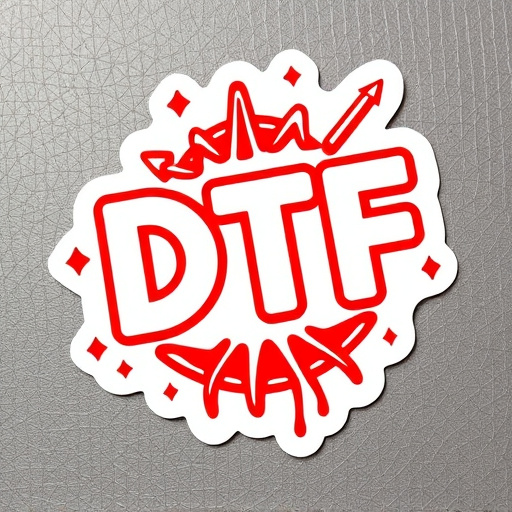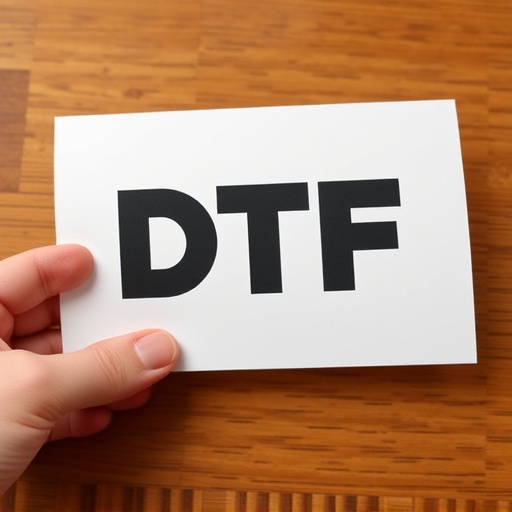Bulk DTF Transfers offer a revolutionary solution for printing on light fabrics, providing efficiency, cost-effectiveness, and versatility with advanced printing technologies. Sturdy packaging with cushioning and transparent materials ensures minimal damage during shipping, preserving print quality. Strategic logistics and custom packaging optimize delivery for bulk orders, facilitating seamless scaling of personalized products like hoodies.
In today’s fast-paced market, efficient packaging and shipping are paramount for bulk DTF (Direct to Film) transfers. This article delves into the essentials of understanding bulk DTF transfers, their benefits, and best practices for seamless logistics. We explore innovative packaging strategies tailored for efficient shipping, ensuring the integrity and quality of your DTF transfers. Discover optimizational tips for large-scale operations, leveraging techniques that streamline processes and reduce costs, making bulk DTF transfers a reliable and cost-effective solution for businesses.
- Understanding Bulk DTF Transfers: Essentials and Benefits
- Packaging Strategies for Efficient Shipping of DTF Transfers
- Optimizing Logistics: Shipping Tips for Large-Scale DTF Operations
Understanding Bulk DTF Transfers: Essentials and Benefits

Bulk DTF Transfers are a highly efficient and cost-effective method for printing on various materials, especially light fabrics. DTF stands for Direct to Fabric, which describes its direct application process onto fabric surfaces without the need for intermediate layers. This technique is particularly favored for its versatility, enabling designers and manufacturers to create intricate patterns and designs with precision. The benefits of Bulk DTF Transfers are numerous; it offers a fast turnaround time, allowing businesses to meet tight deadlines.
Furthermore, this method ensures excellent print quality, even on larger batches, thanks to advanced printing technologies. DTF heat transfer paper plays a crucial role in achieving crisp and vibrant colors, making it ideal for custom apparel and promotional merchandise. With its ability to adapt to different fabric types, dtf printing for light fabrics has become a go-to solution for many businesses, revolutionizing their product customization processes. Understanding the essence of Bulk DTF Transfers is key to unlocking efficient production and unparalleled design possibilities.
Packaging Strategies for Efficient Shipping of DTF Transfers

When packaging bulk DTF Transfers for shipping, the primary goal is to ensure efficient and secure transportation while minimizing damage. A robust packaging strategy involves utilizing specialized materials designed to protect the delicate nature of these transfers. Start by choosing a sturdy carton or crate that offers ample cushioning against impacts and shocks during transit. Filling materials like bubble wrap, foam, or crushed paper should be placed around the DTF Transfers, creating a protective barrier. Each layer of padding serves as a shock absorber, safeguarding against potential deformations or cracks.
Additionally, consider using transparent packaging materials to enable visual inspection without opening the container. This feature facilitates quick assessments for damage during receipt, streamlining the unpacking and quality control processes. Securely fasten the package with strong adhesive tape, ensuring all corners and edges are securely wrapped. Remember, a well-packaged DTF Transfer is less likely to suffer damages, preserving its integrity for successful printing or application using a dtf printer, especially when employing heat press techniques.
Optimizing Logistics: Shipping Tips for Large-Scale DTF Operations

Optimizing logistics is a key aspect of successful bulk DTF transfers, ensuring efficient and cost-effective shipping for businesses utilizing direct to film printing technologies, such as dtf printers. When scaling up production for orders involving a high volume of personalized hoodies or other DTF prints, careful planning can significantly reduce delays and potential damage during transit.
One effective strategy is to group orders by destination to minimize handling and transportation costs. This reduces the number of shipments, simplifying tracking and improving overall delivery efficiency. Additionally, utilizing sturdy, custom-designed packaging tailored for DTF materials can protect against environmental factors, ensuring that prints arrive in pristine condition. Remember, proper packing is a crucial step to preserve the quality of your dtf printer creations during their journey from manufacturer to customer.
In conclusion, optimizing packaging and shipping for bulk DTF transfers is key to ensuring efficiency, reducing costs, and maximizing benefits. By understanding the unique aspects of these transfers and implementing strategic packaging and logistics solutions, businesses can streamline their operations and stay competitive in today’s market. Effective packaging and shipping practices are essential for successful large-scale DTF operations, ultimately enhancing customer satisfaction and driving growth.



